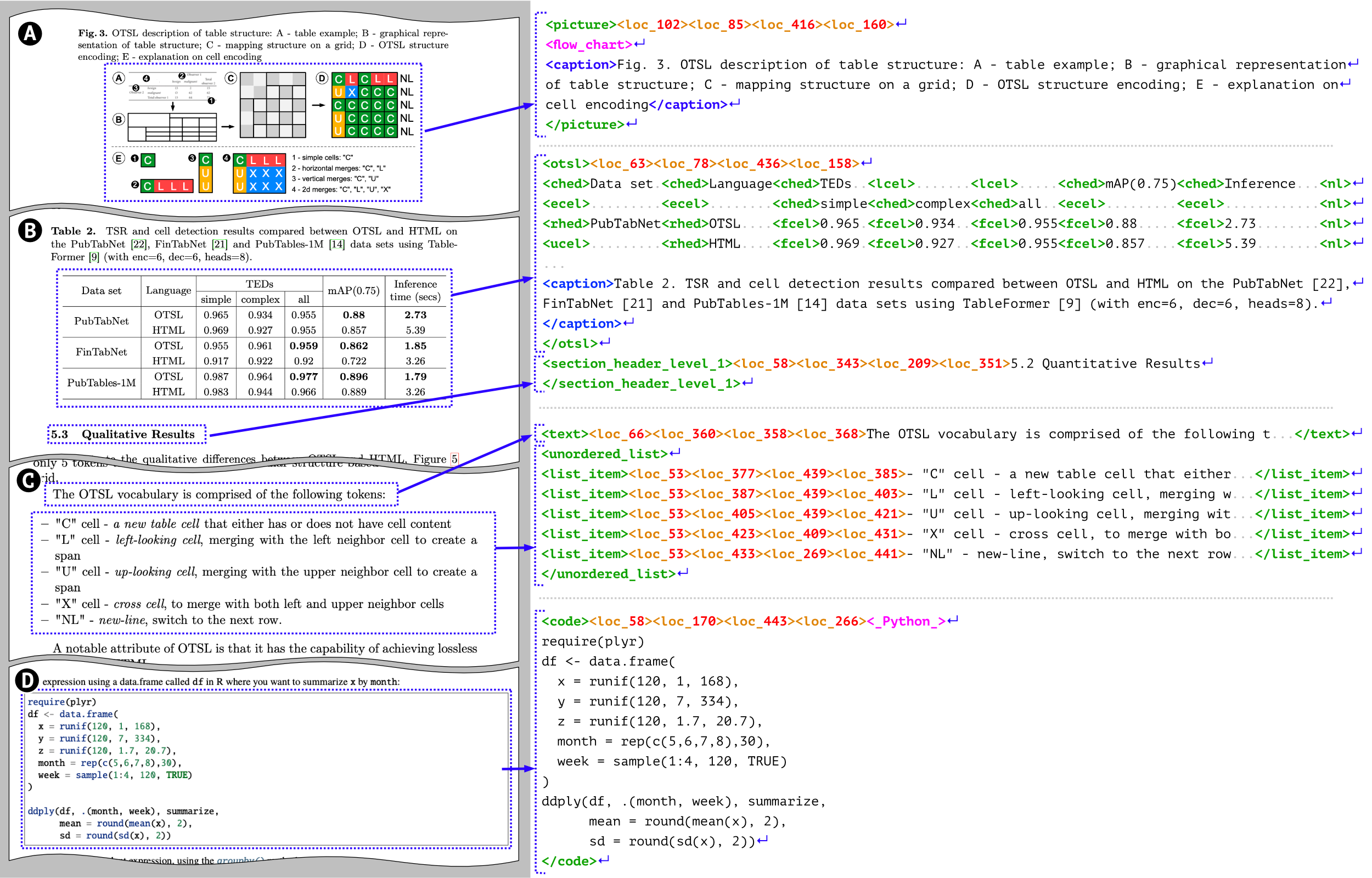
Table of Contents
Overview
In the ever-evolving landscape of AI-powered document processing, a new contender has emerged, promising efficiency and accuracy in a remarkably compact package. Meet SmolDocling, an open-source vision-language model designed to revolutionize how we extract structured data from documents. Developed by IBM Research and Hugging Face, this lightweight solution aims to bridge the gap between complex document understanding and accessible AI implementation. Let’s dive into what makes SmolDocling a noteworthy tool for anyone dealing with document digitization and data extraction.
Key Features
SmolDocling packs a punch despite its small size. Here’s a breakdown of its key features:
- 256M Parameter Size: Its ultra-compact design allows for efficient processing and deployment, making it accessible even on resource-constrained systems.
- DocTags Markup for Structured Output: SmolDocling generates DocTags, providing a structured representation of the document’s content and layout for easy integration into downstream applications.
- OCR with Bounding Boxes: It performs Optical Character Recognition (OCR) with precise bounding box information, enabling accurate text extraction and localization.
- Extraction of Tables, Charts, Code, and Equations: Beyond simple text, SmolDocling intelligently identifies and extracts complex elements like tables, charts, code snippets, and mathematical equations.
- Fast Inference (~0.35s per page): Experience rapid processing speeds, with an average inference time of just 0.35 seconds per page.
How It Works
SmolDocling leverages a vision-language model architecture to understand and interpret document images. The process begins with feeding the document image into the model. Then, SmolDocling meticulously analyzes the image, identifying and extracting various elements. It generates DocTags, which are essentially labels that capture the content and structure of the document. This includes not only the text itself but also the spatial relationships between different elements, such as the location of tables, charts, and other visual components. This structured output allows for seamless integration with other AI applications and automated workflows.
Use Cases
SmolDocling’s capabilities open doors to a wide range of applications. Consider these use cases:
- Digitizing Printed Documents: Convert physical documents into searchable and editable digital formats, streamlining document management.
- Automating Data Entry: Extract structured data from invoices, forms, and other documents to automate data entry processes and reduce manual effort.
- Enhancing Accessibility of Scanned Materials: Make scanned documents more accessible to individuals with disabilities by providing structured text and layout information.
- Integrating Document Data into AI Applications: Leverage extracted data to power AI-driven applications, such as document summarization, question answering, and information retrieval.
Pros & Cons
Like any tool, SmolDocling has its strengths and weaknesses. Let’s weigh the advantages and disadvantages.
Advantages
- Lightweight and Efficient: Its small size and optimized architecture make it ideal for resource-constrained environments.
- High Accuracy in Extracting Structured Data: It excels at identifying and extracting complex elements like tables, charts, and code.
- Open-Source Availability: Being open-source, it offers flexibility, customization options, and community support.
Disadvantages
- May Require Technical Expertise to Implement: Setting up and configuring SmolDocling may require some technical knowledge and familiarity with AI models.
- Performance May Vary with Document Complexity: The accuracy and speed of extraction may be affected by the complexity and quality of the input document.
How Does It Compare?
When evaluating document processing solutions, it’s essential to consider the alternatives. Here’s how SmolDocling stacks up against some competitors:
- Tesseract OCR: While Tesseract OCR is a widely used open-source OCR engine, it lacks advanced layout analysis capabilities. SmolDocling, on the other hand, provides structured output with DocTags, capturing both content and layout.
- Adobe Acrobat Pro: Adobe Acrobat Pro offers a comprehensive suite of document processing features, including OCR and data extraction. However, it is a commercial software with a higher cost compared to the open-source SmolDocling.
Final Thoughts
SmolDocling presents a compelling solution for those seeking a lightweight, efficient, and open-source tool for document conversion and data extraction. Its ability to accurately extract structured data from various document types, combined with its small size and fast inference speed, makes it a valuable asset for a wide range of applications. While it may require some technical expertise to implement, the benefits of its accuracy and efficiency make it a tool worth considering for anyone looking to streamline their document processing workflows.

